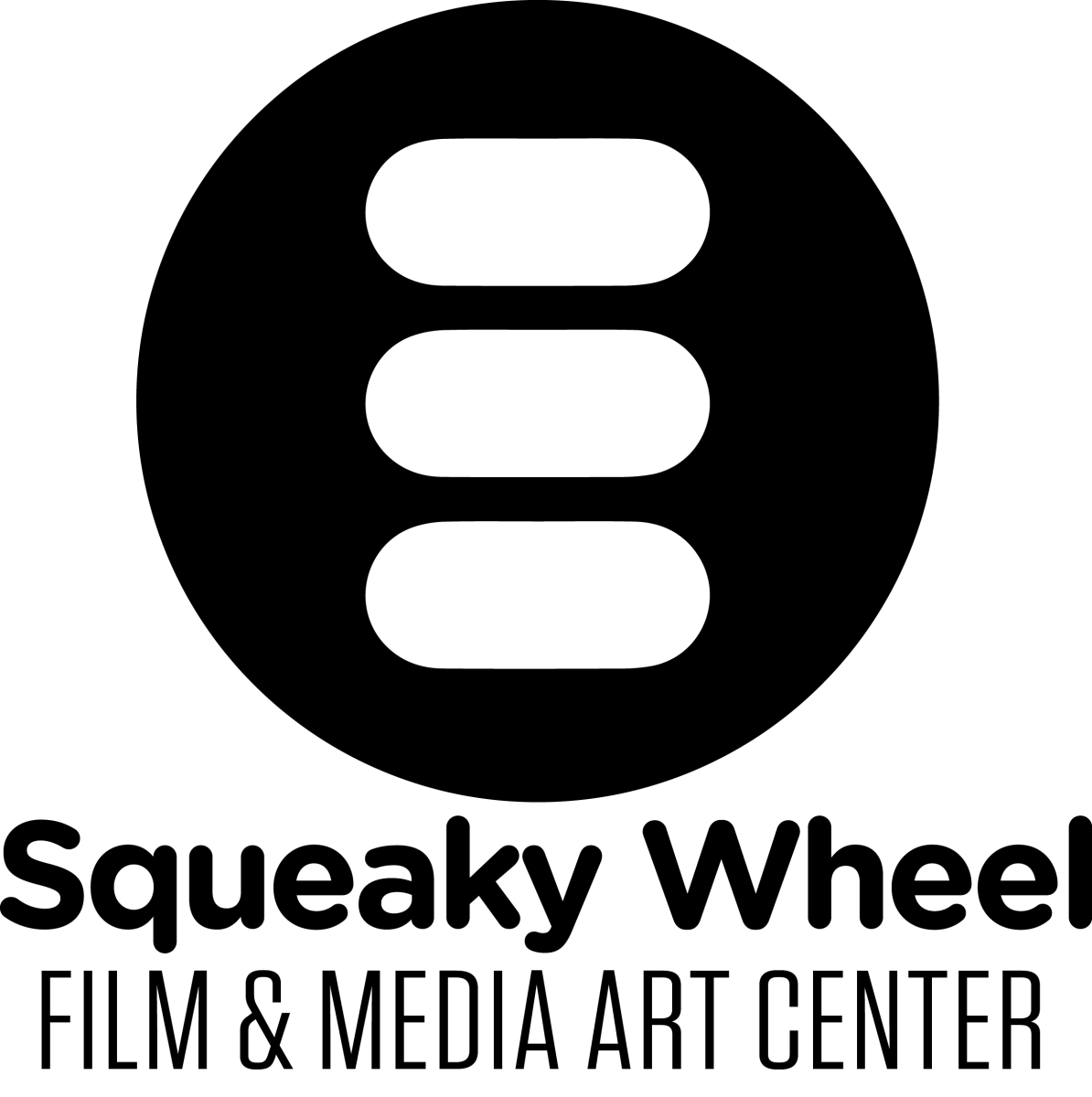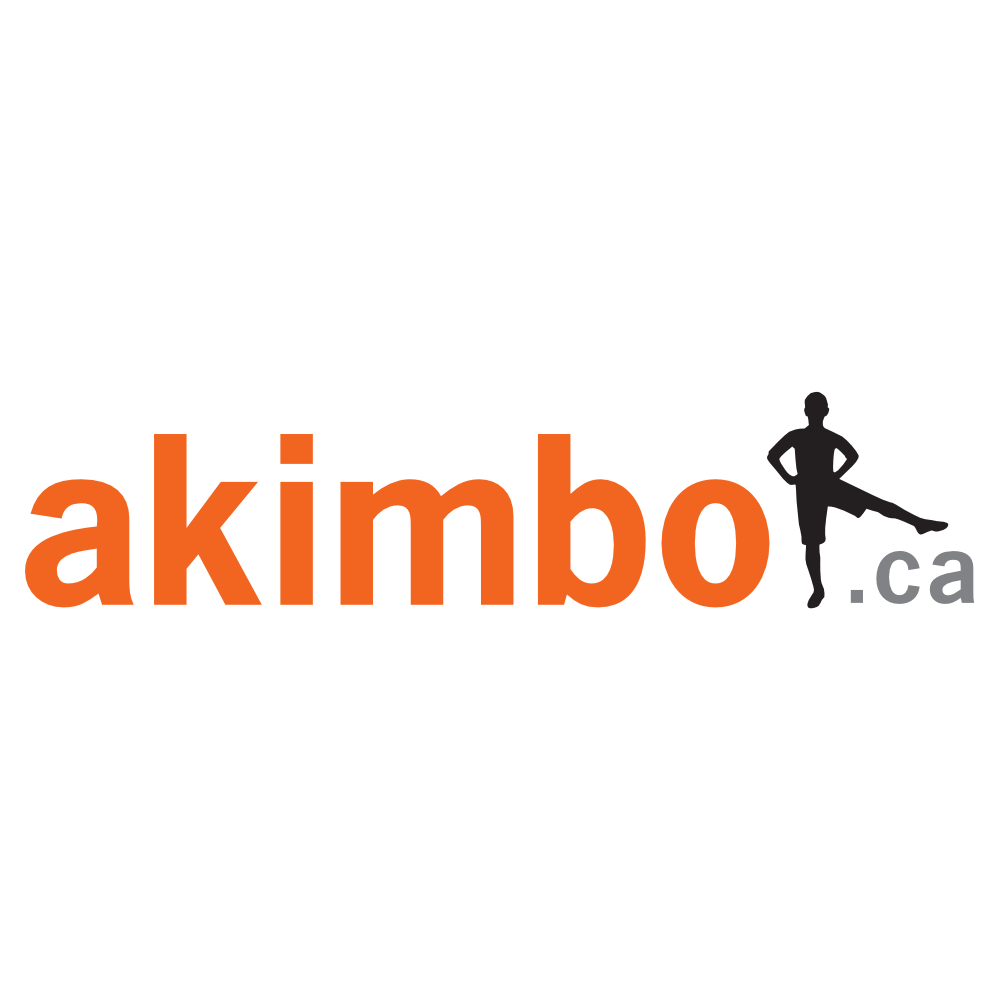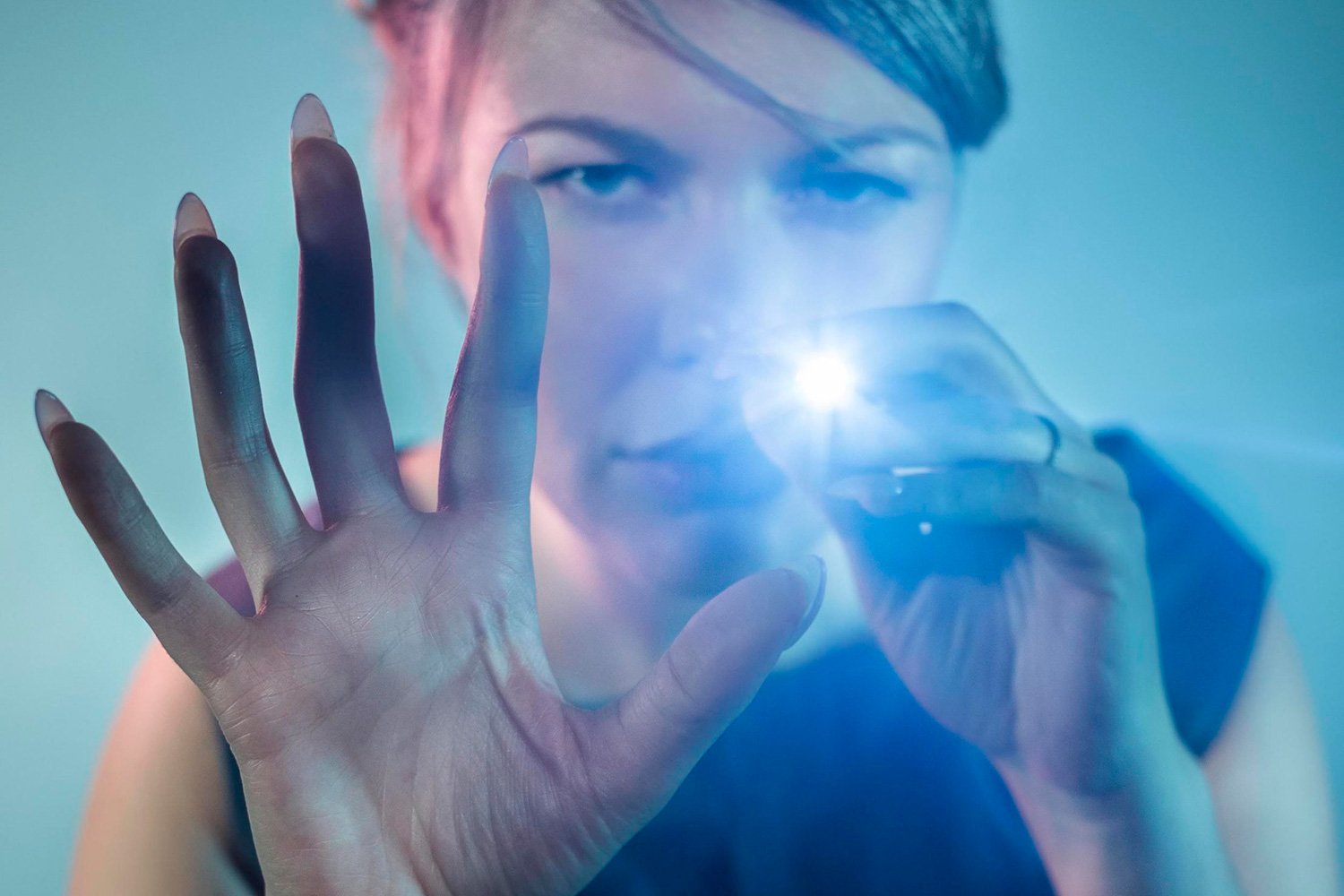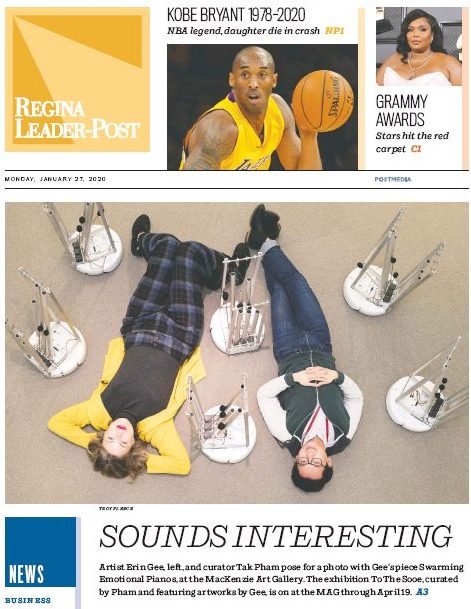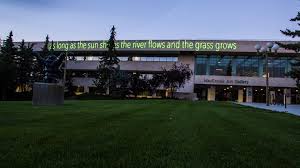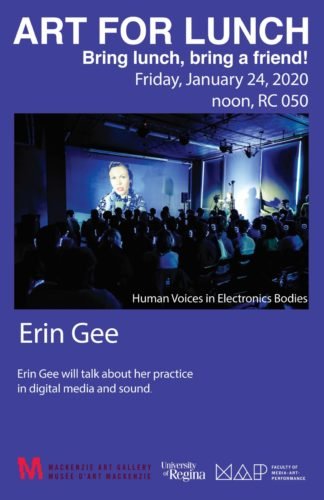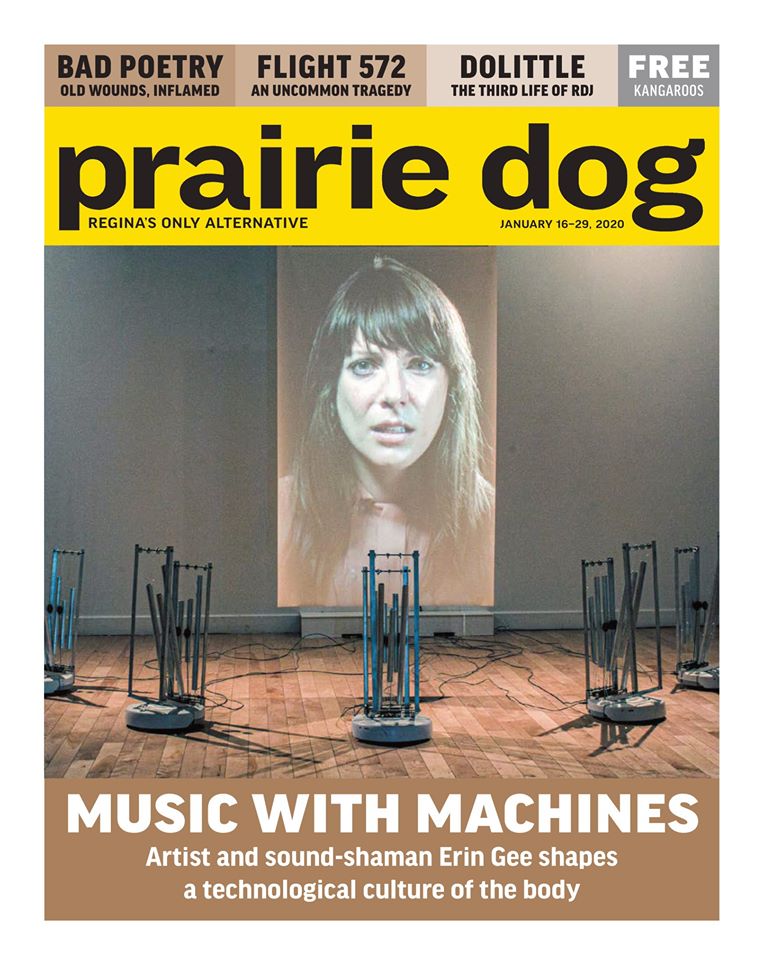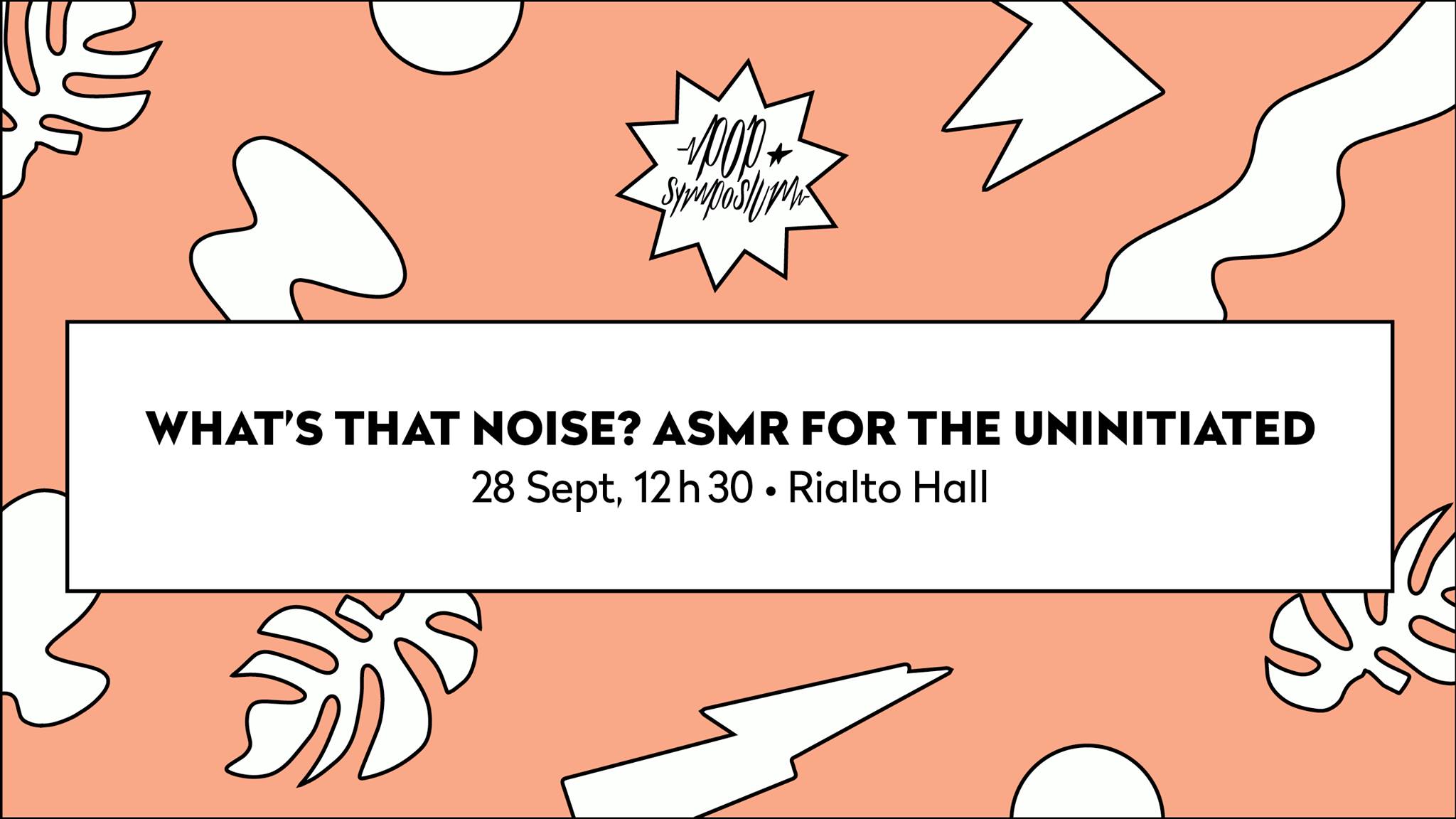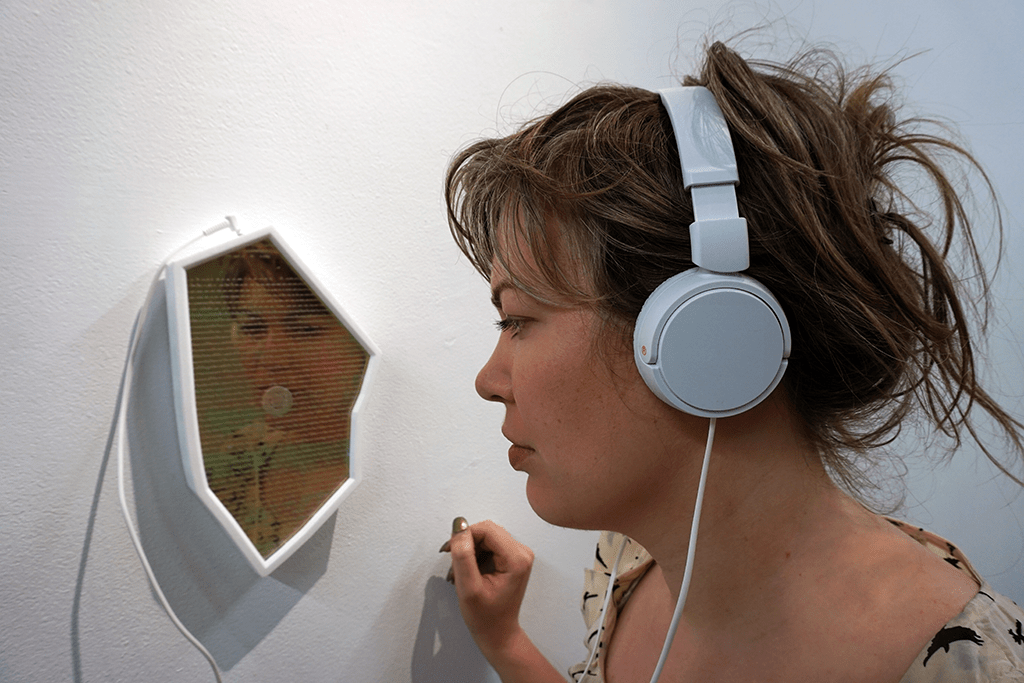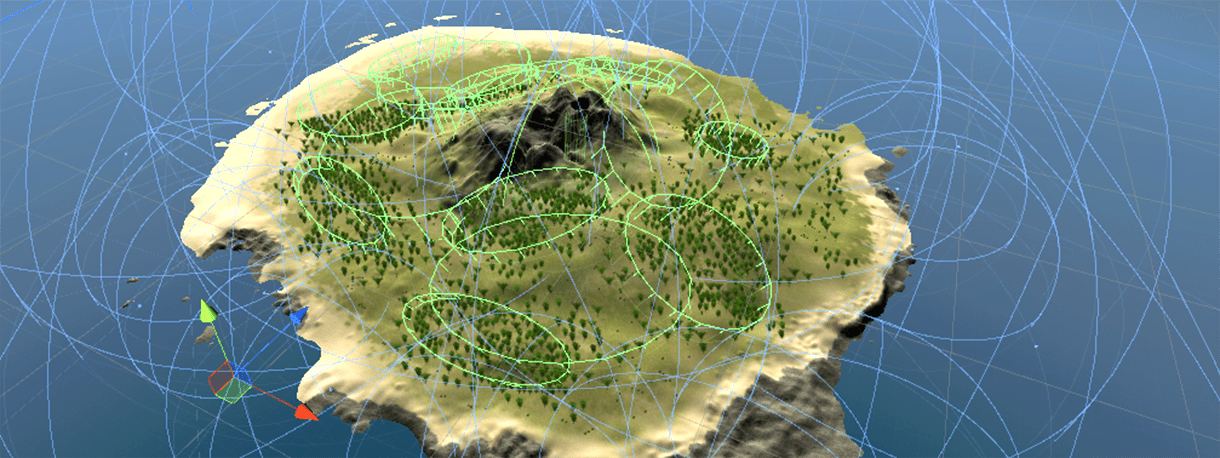to the sooe @ Squeaky Wheel, Buffalo, NY
Love & Sex Show: Sweet Nothings
Special Event | Friday, February 14, 7–10 pm
My work with Sofian Audry to the sooe (2018) will be featured as part of The Love and Sex Show: Sweet Nothings at Squeaky Wheel Film and Media Arts Centre in Buffalo, NY. This edition of the annual event focuses on sound and voice, featuring my audio work on a set of wireless headphones that can be worn throughout the gallery, as well as film installations and kareoke and performance by Thirza Cuthand, Jess Dobkin, Caroline Doherty, Lauren Fournier, Erin Gee, Dina Georgis and Sharlene Bamboat, Desiree Kee, Hope Mora, Michael Robinson, and Wayne Yung.


